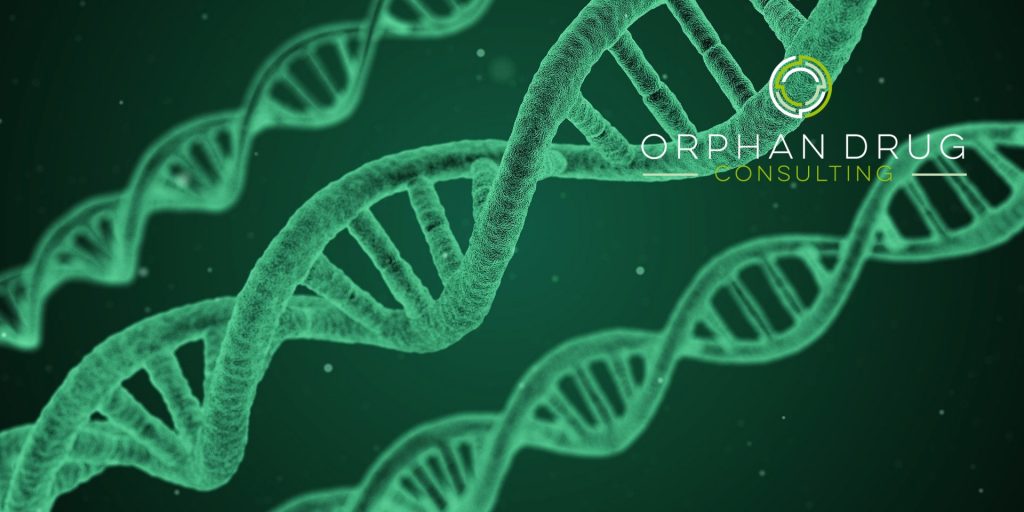
With the rise of new therapeutic modalities, regulators have had to adapt to the changing environment with one of these adaptions being the introduction of Advanced Therapy Medicinal Products (ATMPs). ATMPs are those medicines for human use based on genes, tissues or cells and offer ground-breaking opportunities for disease and injury treatment. Cell and gene therapies are relatively new additions to the techniques employed by health professionals to fight specific diseases and conditions. A form of immune deficiency called adenosine deaminase (ADA) deficiency was the first condition to be treated in a trial with a gene therapy approach in the early 1990s. More recently, the European Medicines Agency (EMA) approved a gene therapy treatment for this same condition in 2016 named Strimvelis™, highlighting the importance and urgent need for these unique medications
These specialised products have introduced a host of new terms into the modern pharmaceutical era that previously were not considered. The below gives a quick summary of some of these “buzz words” that frequently appear when discussing ATMPs.
DNA: a large molecule made up of nucleotides that contain the “code” for living organisms within each cell.
Genes: snippets of DNA that code for specific proteins required for human life to function.
Chromosomes: strands of genes wrapped together around support structures known as histones.
Vector: used to insert a new gene, the ‘transgene ‘into a cell and is usually a modified non-disease-causing virus. The process of using a vector to insert a transgene into a cell is called transduction.
Stem cells: naturally occurring cells in the body that can divide and produce a range of different cell types important in the growth and development and repair of the body. These cells become ATMPs when they are manipulated as Somatic Cell Therapy medicines or Tissue Engineered medicines depending on how they work in the body.
In gene therapy, genes or genetic materials are introduced into target organisms i.e. they alter the genes in the body’s cells by either replacing a mutated gene that causes disease with a healthy copy of the gene, inactivating, or “knocking out,” a mutated gene that is functioning improperly or introducing a new gene into the body to help fight a disease. This is in contrast to stem cell therapy, where stem cells are transplanted into target tissues.
Companies may need to consult the European Medicines Agency (EMA) to determine whether a medicine they are developing is an ATMP. The procedure allows them to receive confirmation that a medicine, which is based on genes, cells or tissues, meets the scientific criteria for defining an ATMP.
The MHRA have also issued a useful guide titled “Flowchart for Determining the Regulatory Status of Tissue and Cell-Based Products (Version 5)” which can help companies establish whether their new drug is an ATMP.
The complete Good Manufacturing Practice (GMP) guide for ATMPs is then outlined in Eudralex Volume 4, Part IV. These guidelines very much rely on a risk-based approach for manufacture of these products recognising a certain level of flexibility. One of the key messages from this guidance is “The quality, safety and efficacy attributes of the ATMPs and compliance with GMP should be ensured for all ATMPs, regardless of whether they are developed in a hospital, academic or industrial setting”.
Once it has been established that the product is an ATMP it’s then down the more familiar path for product approval and launch with supply chain oversight, MA compliance, batch certification and release all considered uniquely for these complex drugs and manufacturing processes which can all be supported by Orphan Drug Consulting.
References:
https://www.ncbi.nlm.nih.gov/pmc/articles/PMC5452047/
https://ec.europa.eu/health/documents/eudralex/vol-4_en
https://ghr.nlm.nih.gov/primer/basics/dna
DISCLAIMER:
The information presented within this article is for illustration purposes only and is not to be considered as professional advice.
